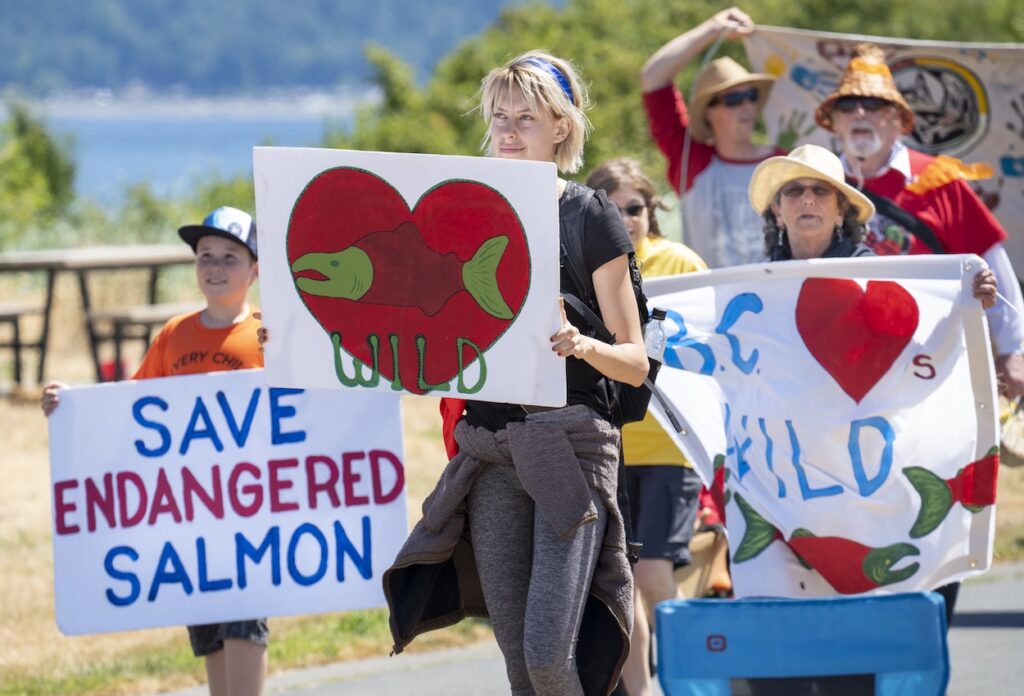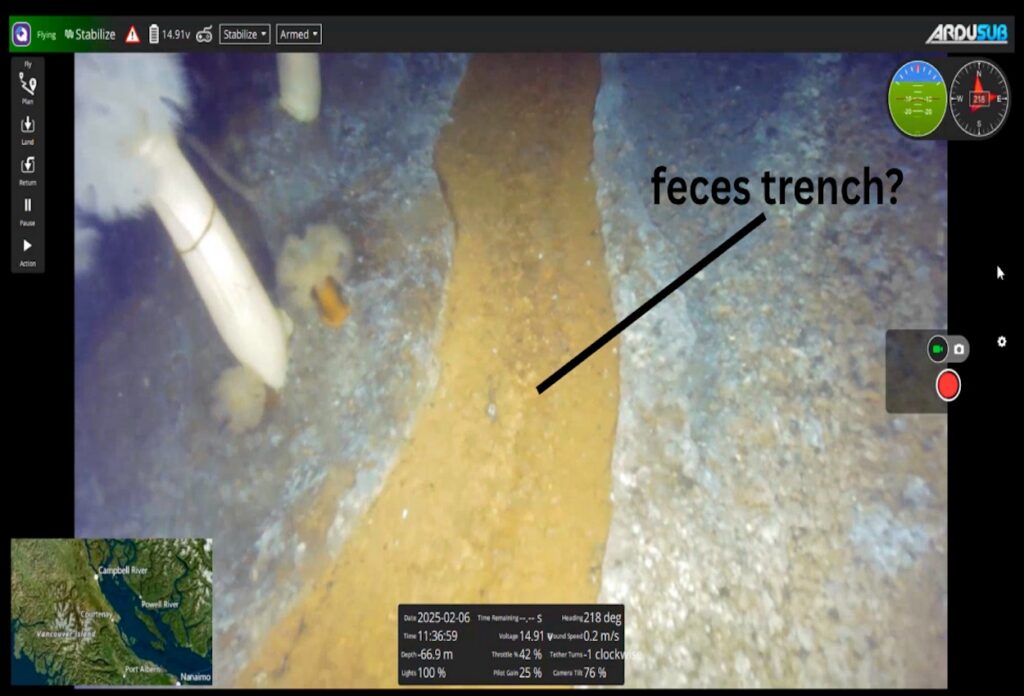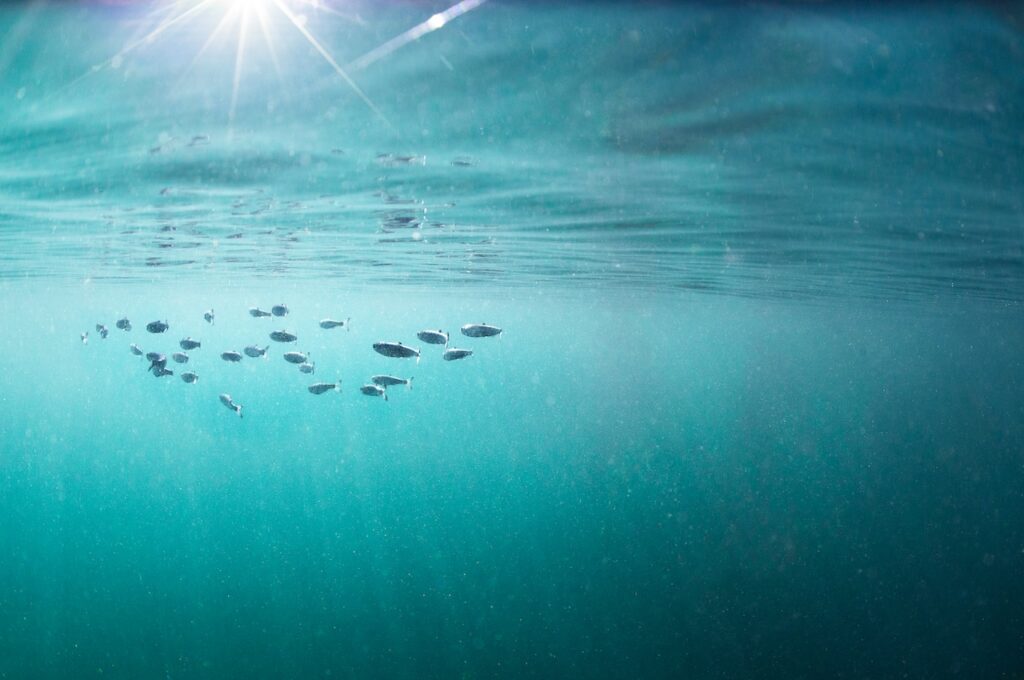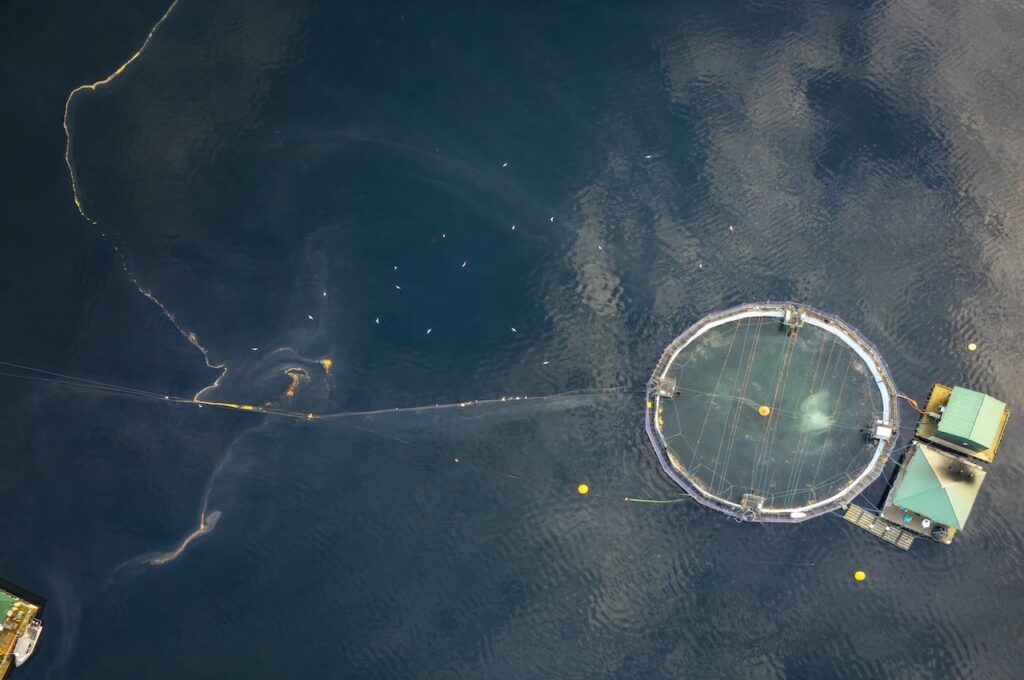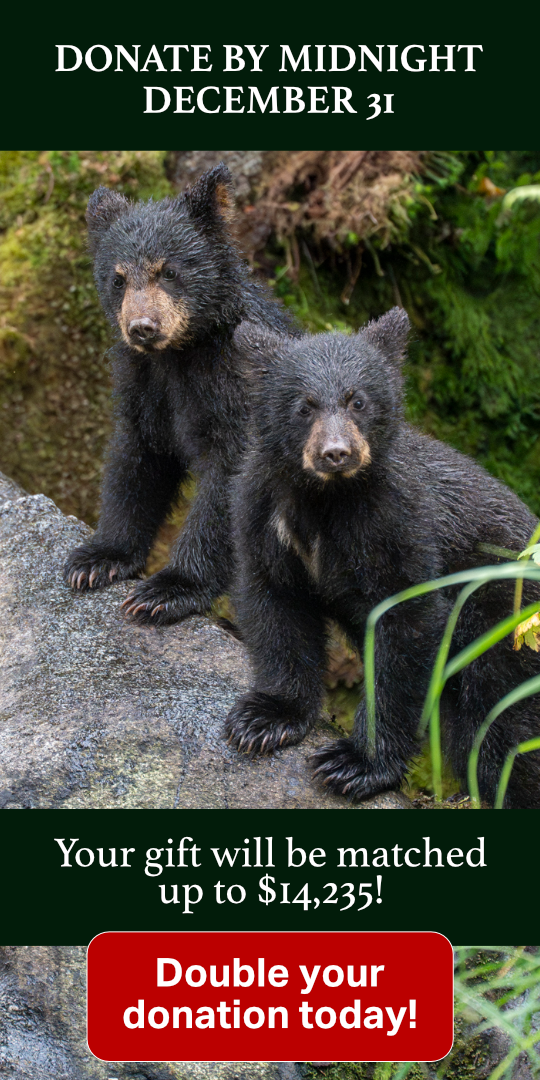Another ecologically foundational and culturally celebrated species are suffering fatal impacts of the salmon farming industry – Pacific herring (Clupea pallasii).
Herring stocks in eastern Pacific waters have been in decline for many decades due to several anthropogenic factors. According to First Nations and the Department of Fisheries and Oceans (DFO), herring on the west coast of Vancouver Island are among those still recovering from population collapse. And in recent years, Pacific herring deaths rose steeply at salmon farms in Clayoquot Sound.
Wild herring are vulnerable to sea lice treatment methods
Parasite outbreaks are a global phenomenon in the salmon farming industry. At each farm, salmon are densely crowded—sometimes a million or more fish, creating the ideal conditions for sea lice (Lepeophtheirus salmonis) outbreaks.
Sea lice outbreaks have detrimental and often fatal consequences for both farmed and wild salmon. To control outbreaks, numerous methods have been utilized over the decades. Despite the increasing intensity, many chemical treatments have become ineffective due to sea lice developing resistance and other technological solutions are being trialled.
In Clayoquot Sound, one of Cermaq’s mechanical treatment vessels is called the Salar, which acts as a pressure-washer for the fish, as they’re sucked through a washing machine-like treatment. This process is stressful and damaging to farmed salmon, and understandably, the effects on wild herring are much worse.

Almost 1 million herring mortalities associated with Salar
There is clear evidence showing the many harms that salmon farms inflict upon wild herring. As a result of hydrolicing taking place within inshore herring habitat, herring deaths continue to rise. In March 2022, Clayoquot Action’s team witnessed hundreds of herring floating up around the Salar hydrolicer, dead from the impact of the mechanical delousing process. This turned out to be only a fraction of the total herring killed that season at Cermaq’s facilities.
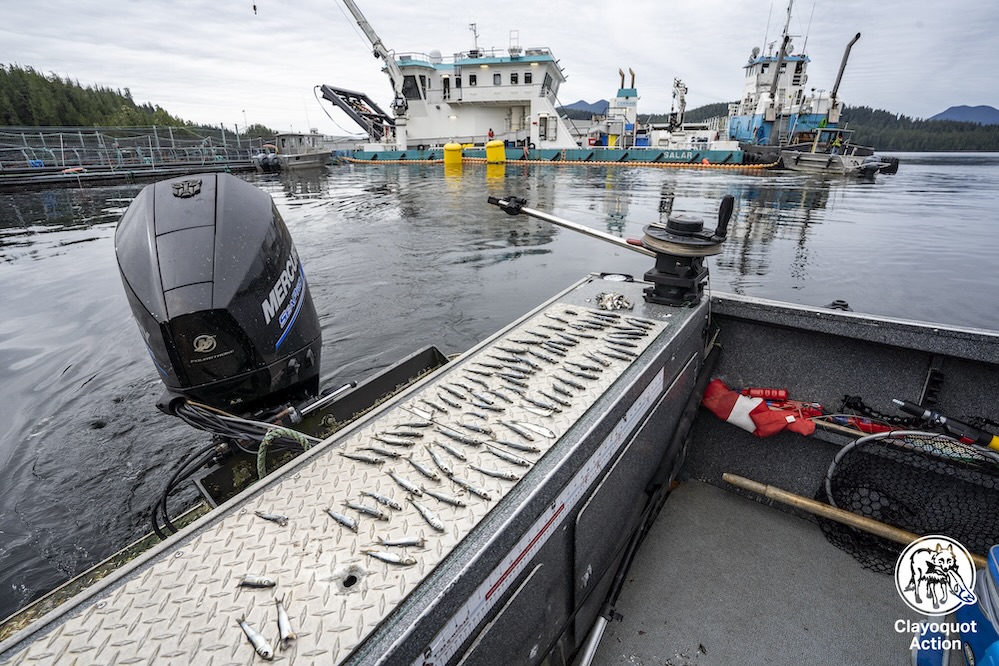
According to federal documents requested by Alexandra Morton, Cermaq reported multiple events resulting in the bycatch and mortality of approximately 850,000 herring over two years – specifically associated with the Salar. Furthermore, since 2021, well over one million herring have been caught and killed by Cermaq. Overall, wild herring make up 90% of this company’s bycatch.
Take action to protect wild fish!
Through Clayoquot Action’s fish farm monitoring program (Clayoquot Salmon Investigation), we witnessed this year’s herring spawn in Clayoquot Sound – gray whales, sea lions and a plethora of birds and other animals congregated to feast. All the while, Cermaq has been hydrolicing their fish with the Salar almost every day.
What will this mean for wild herring in Clayoquot Sound?
Removing farms will help protect wild salmon and herring alike – and all the species that depend on them.
Kaley Vanderluit is the CSI Coordinator.
